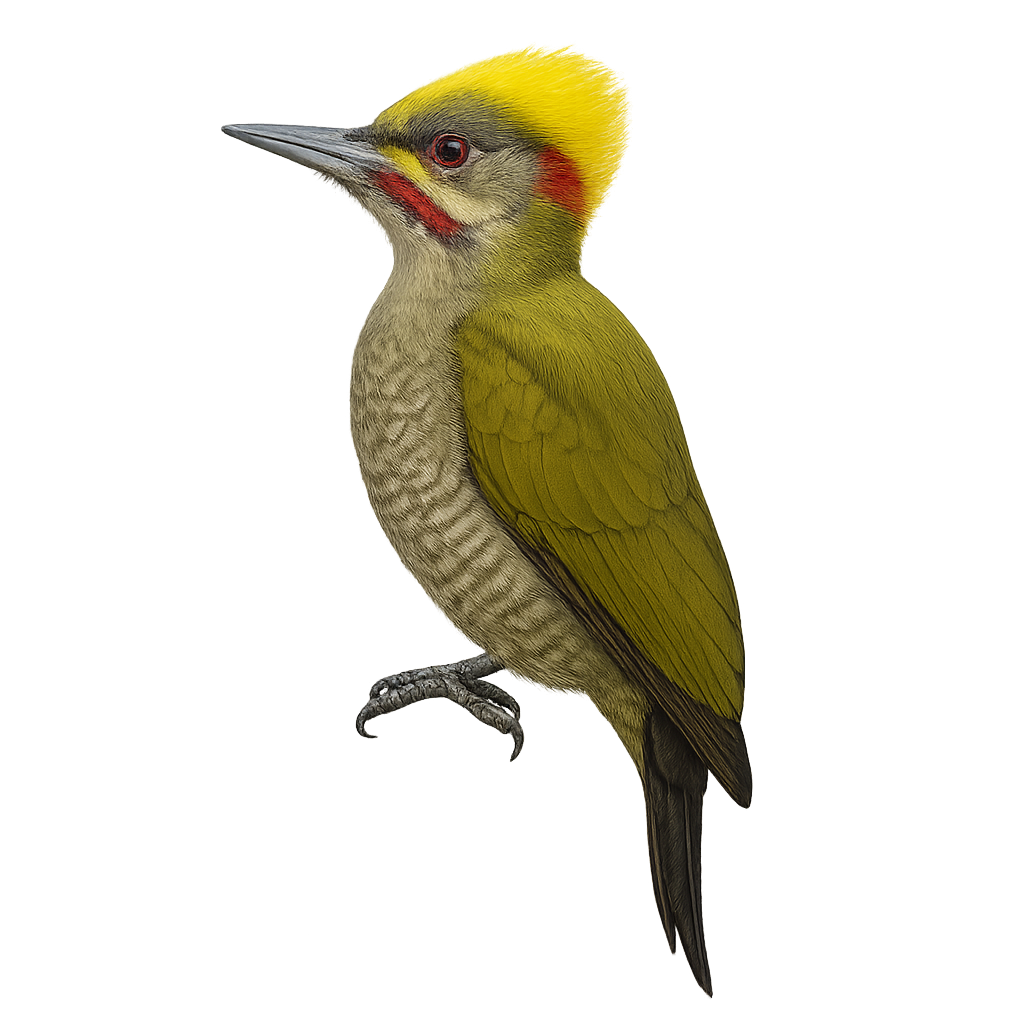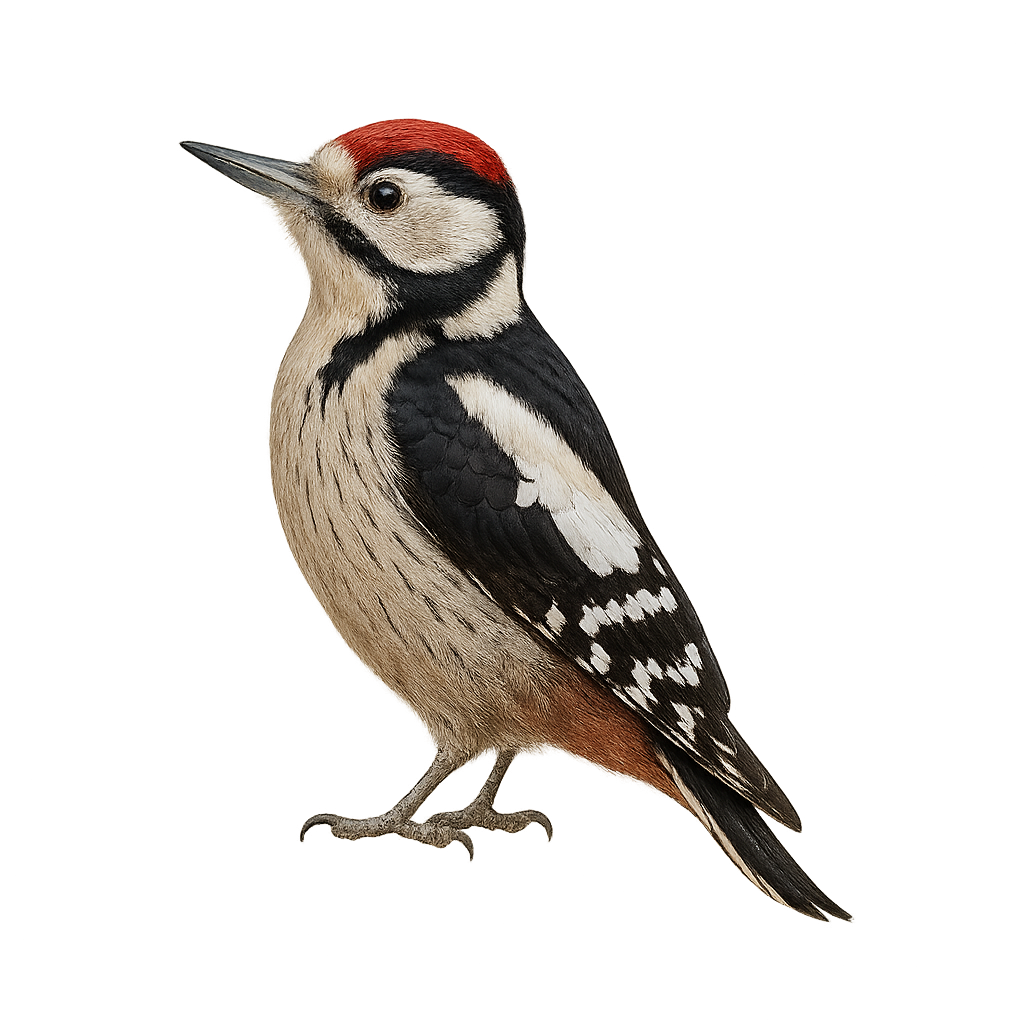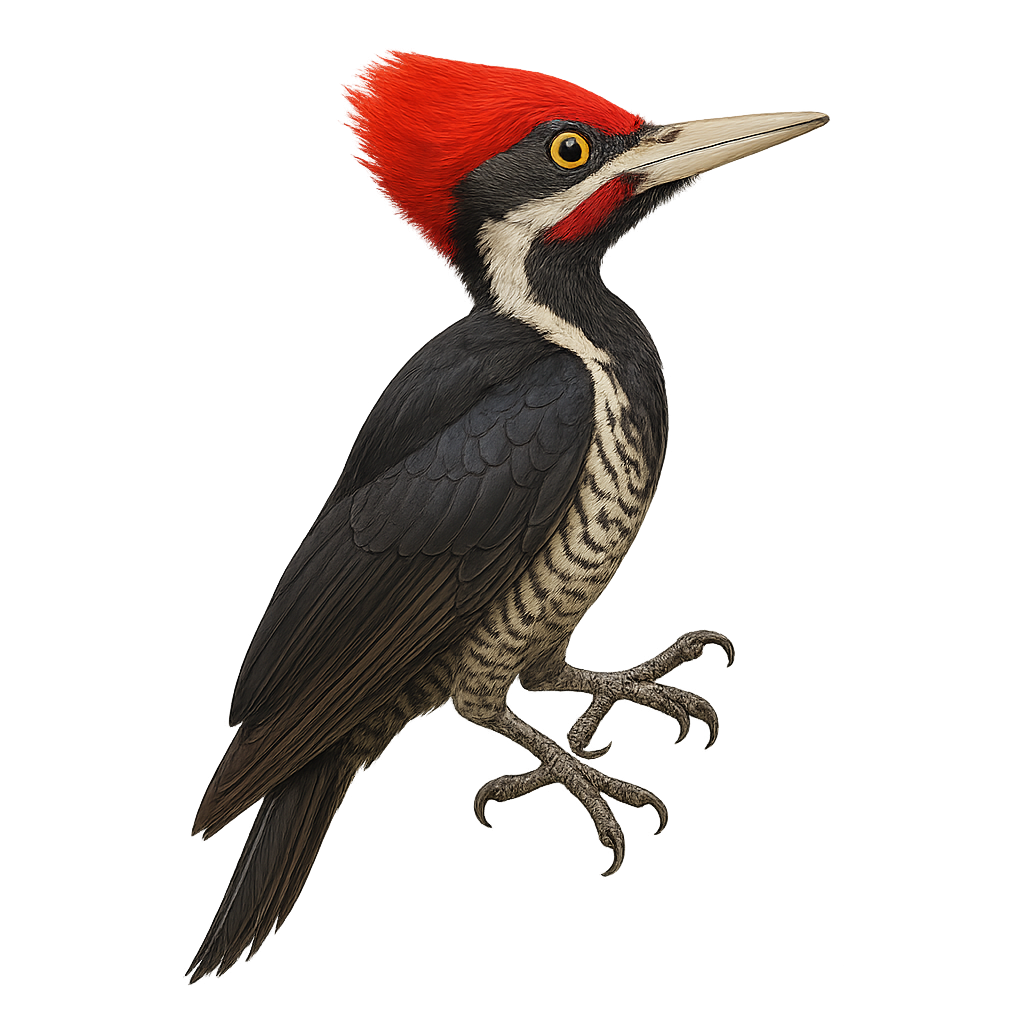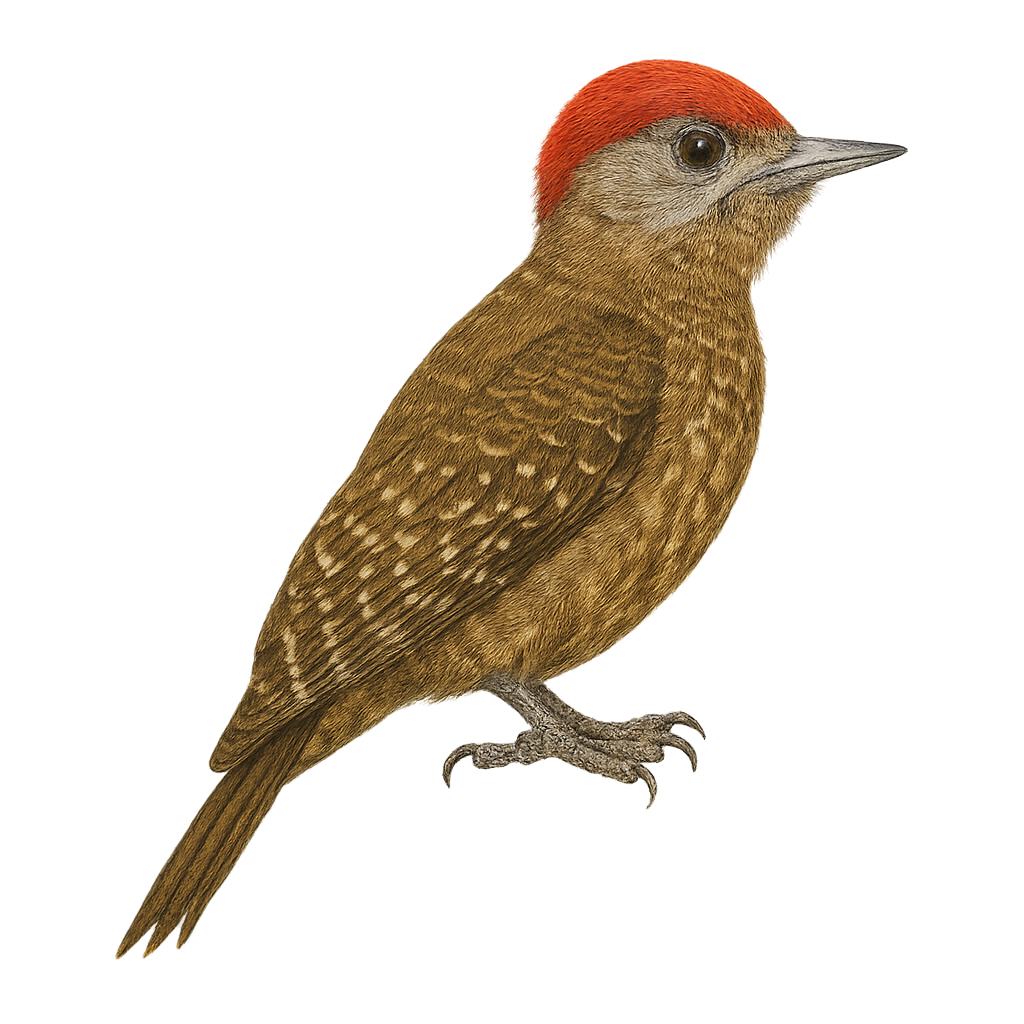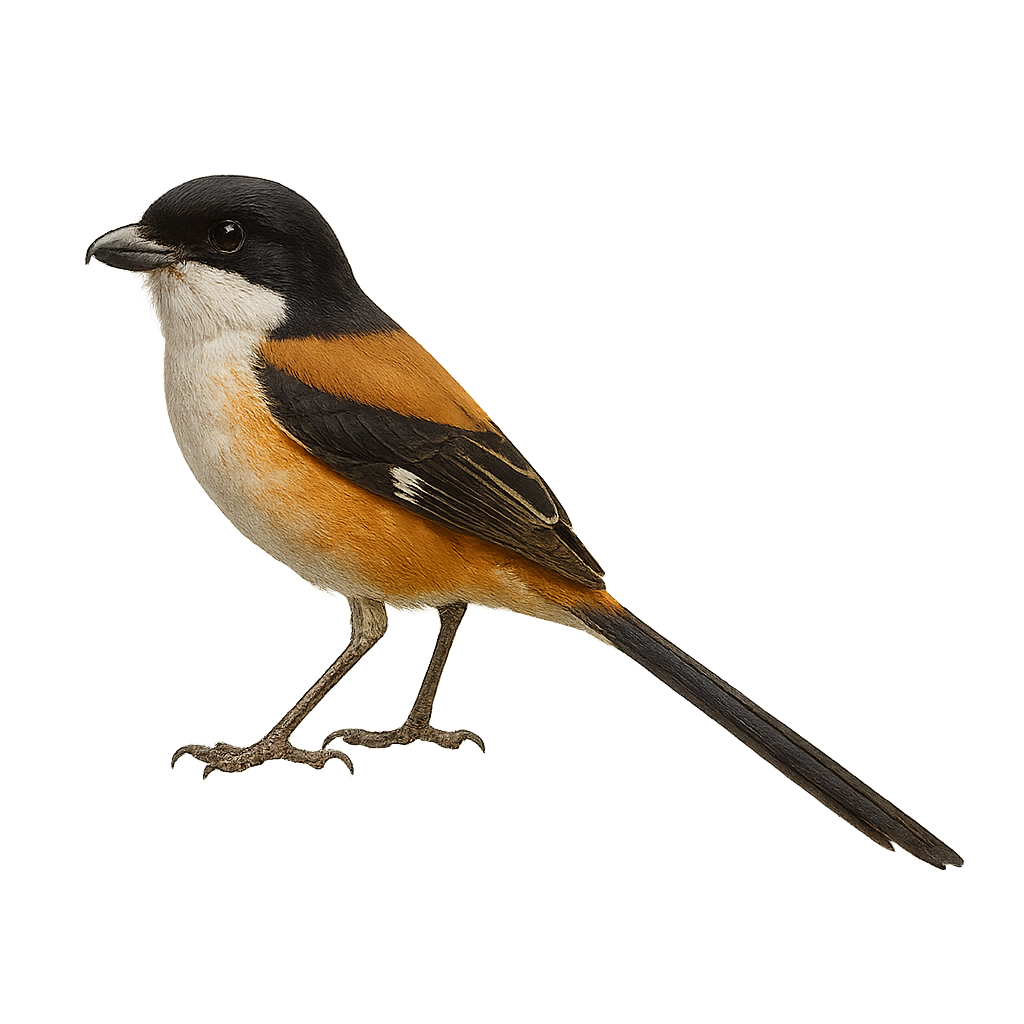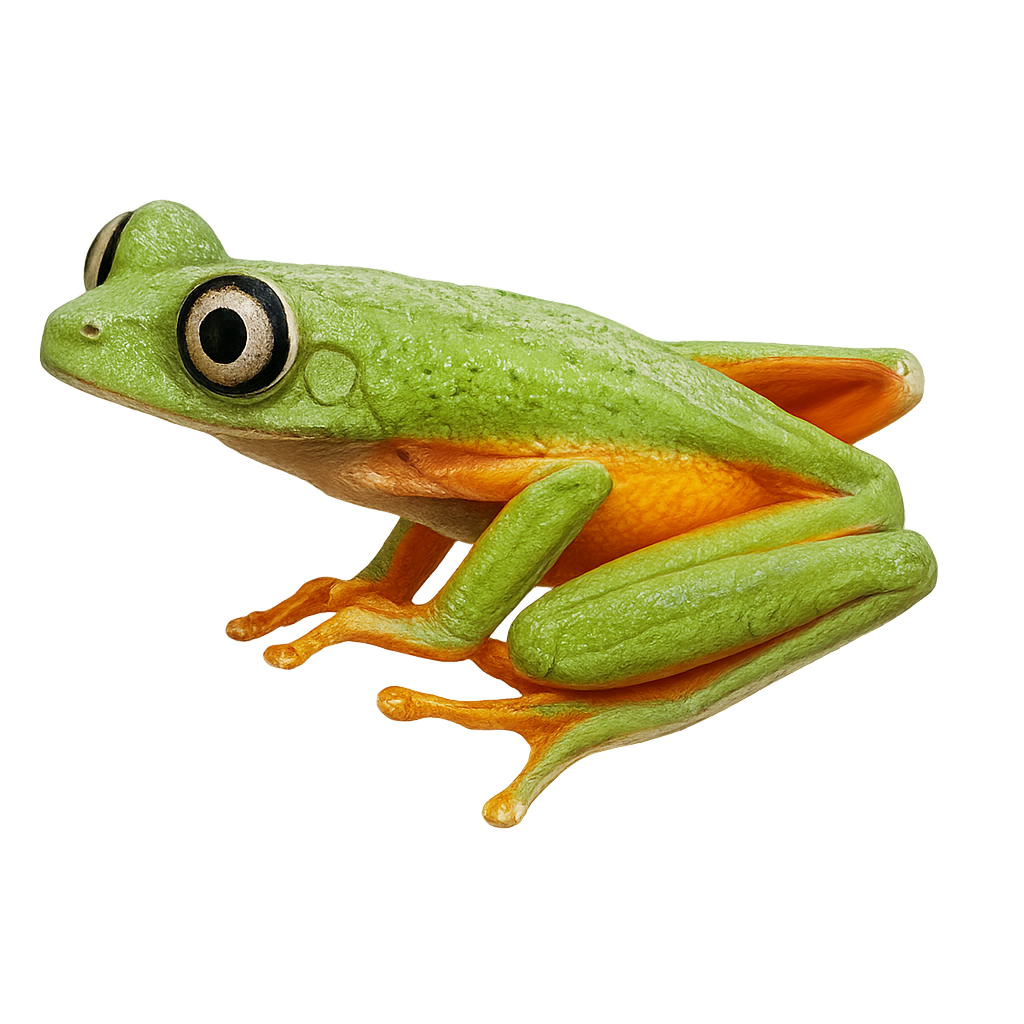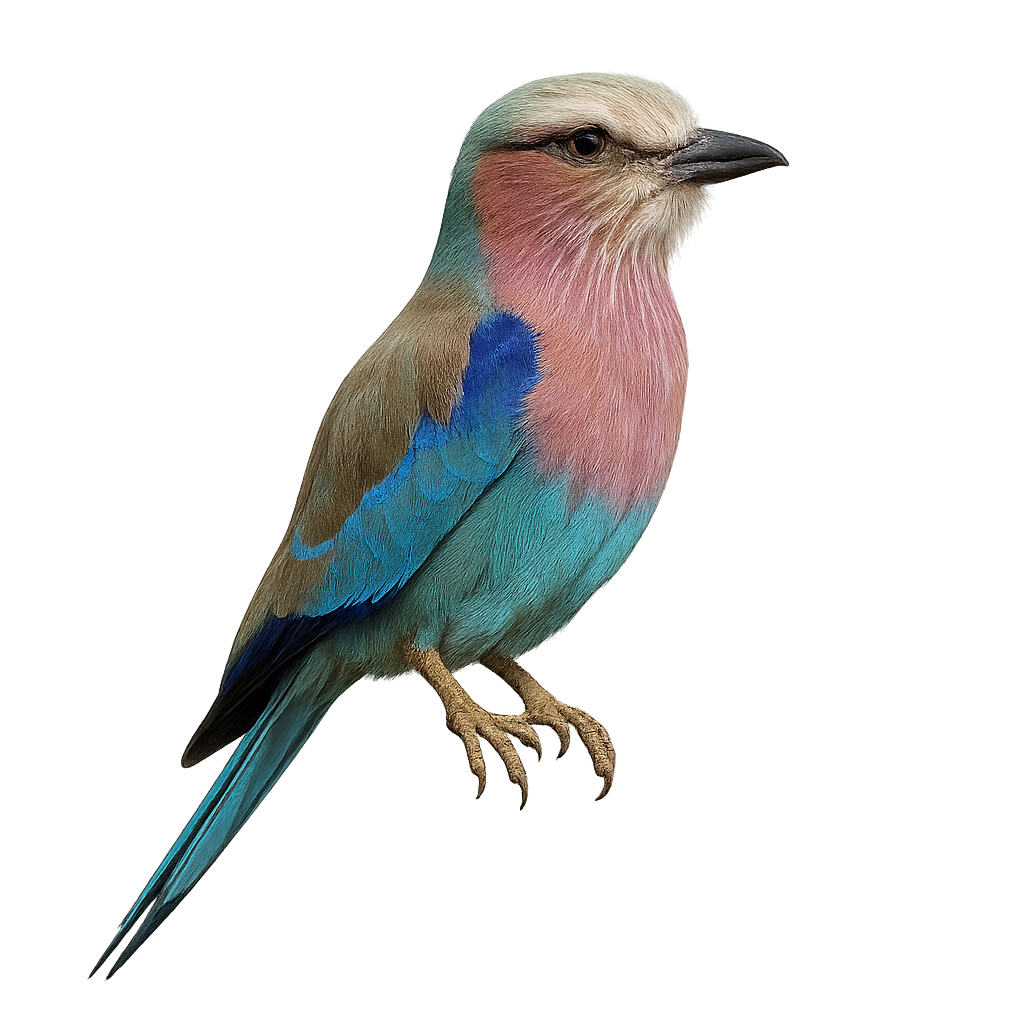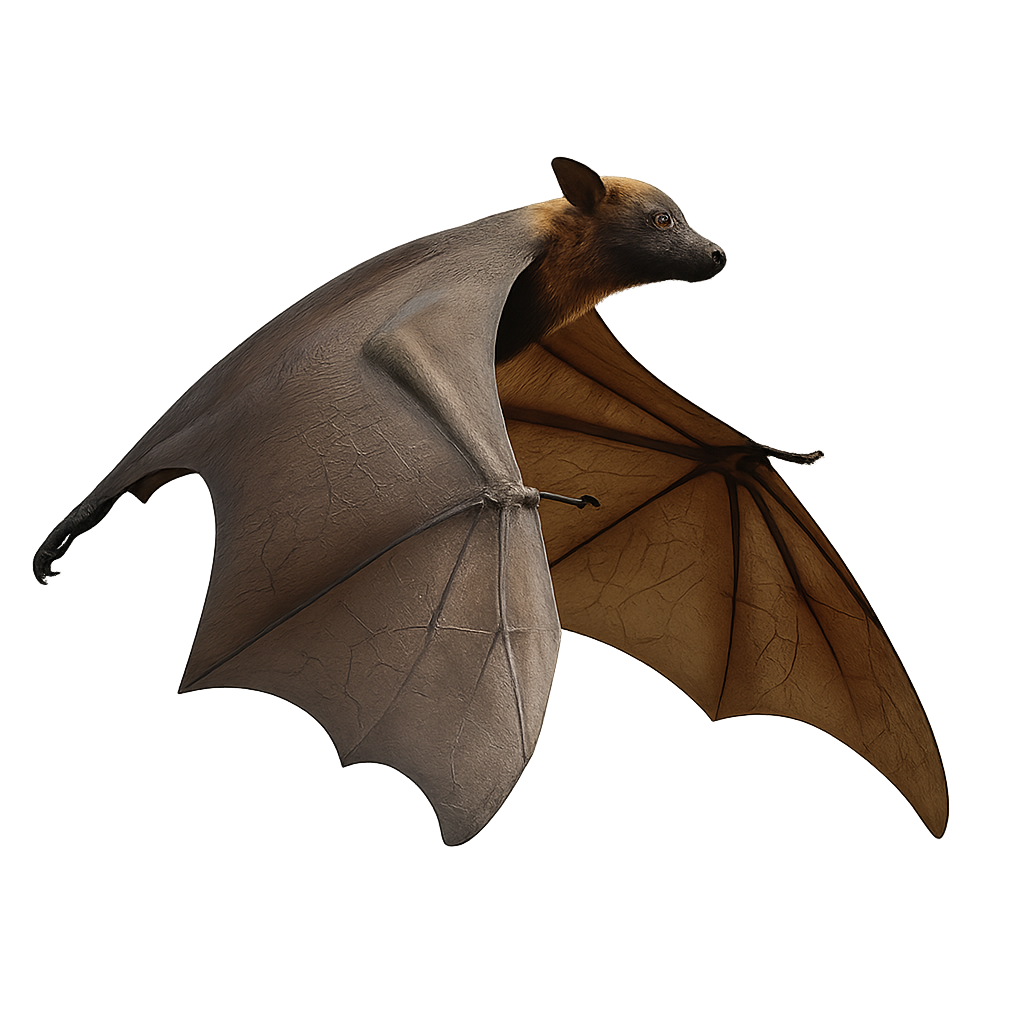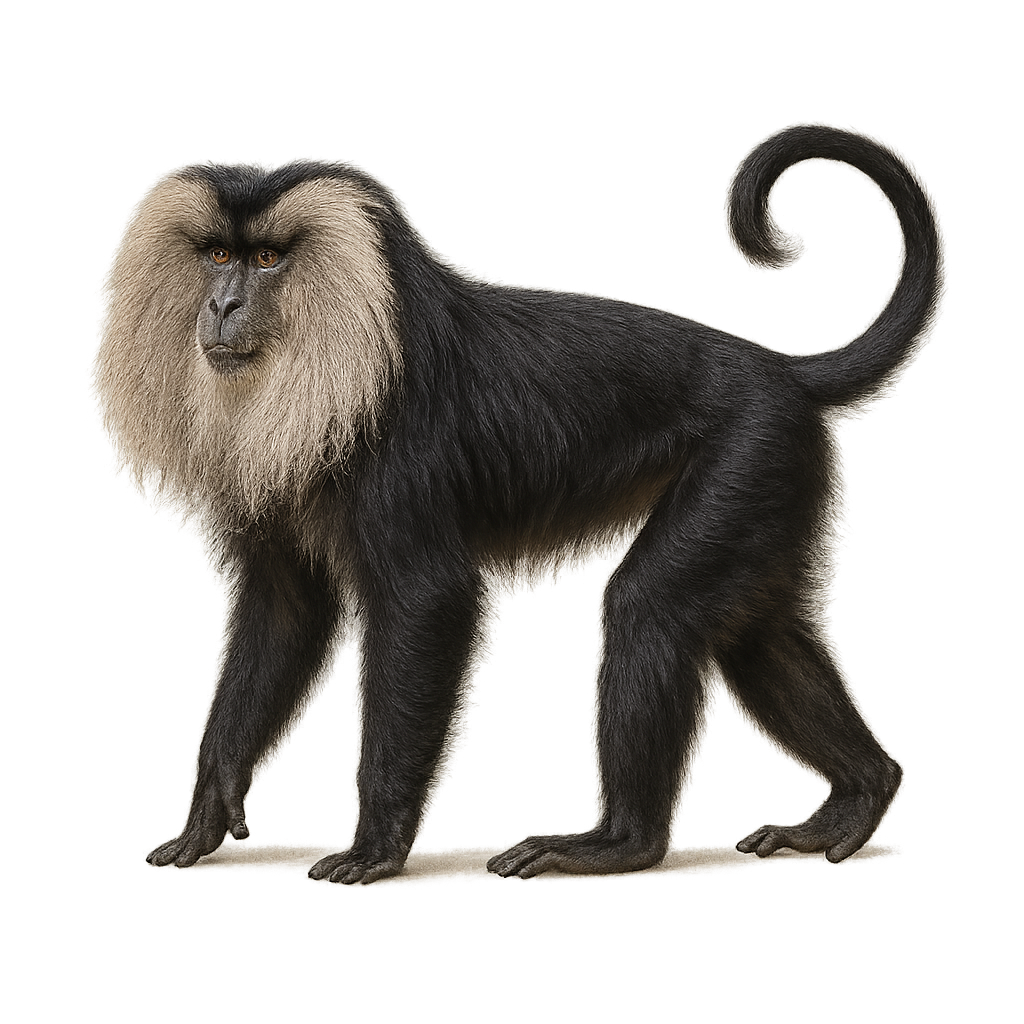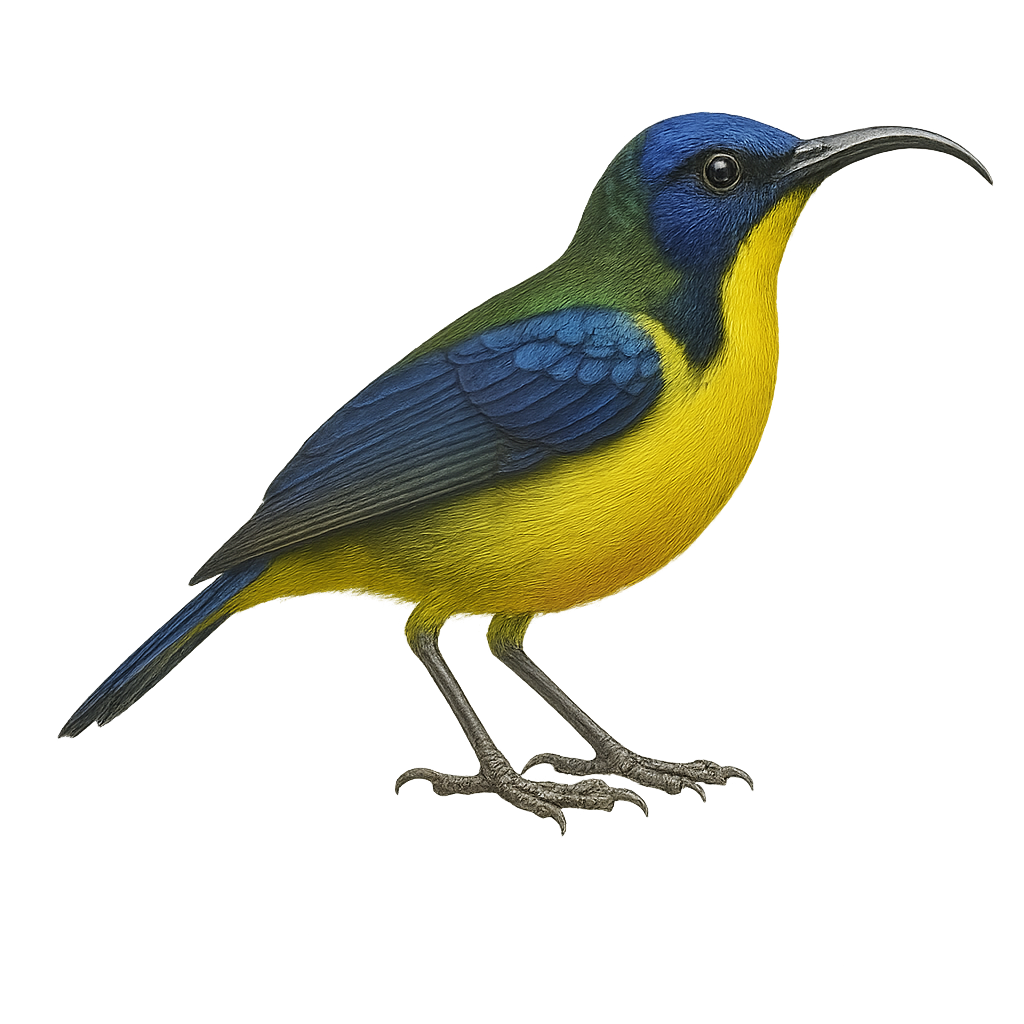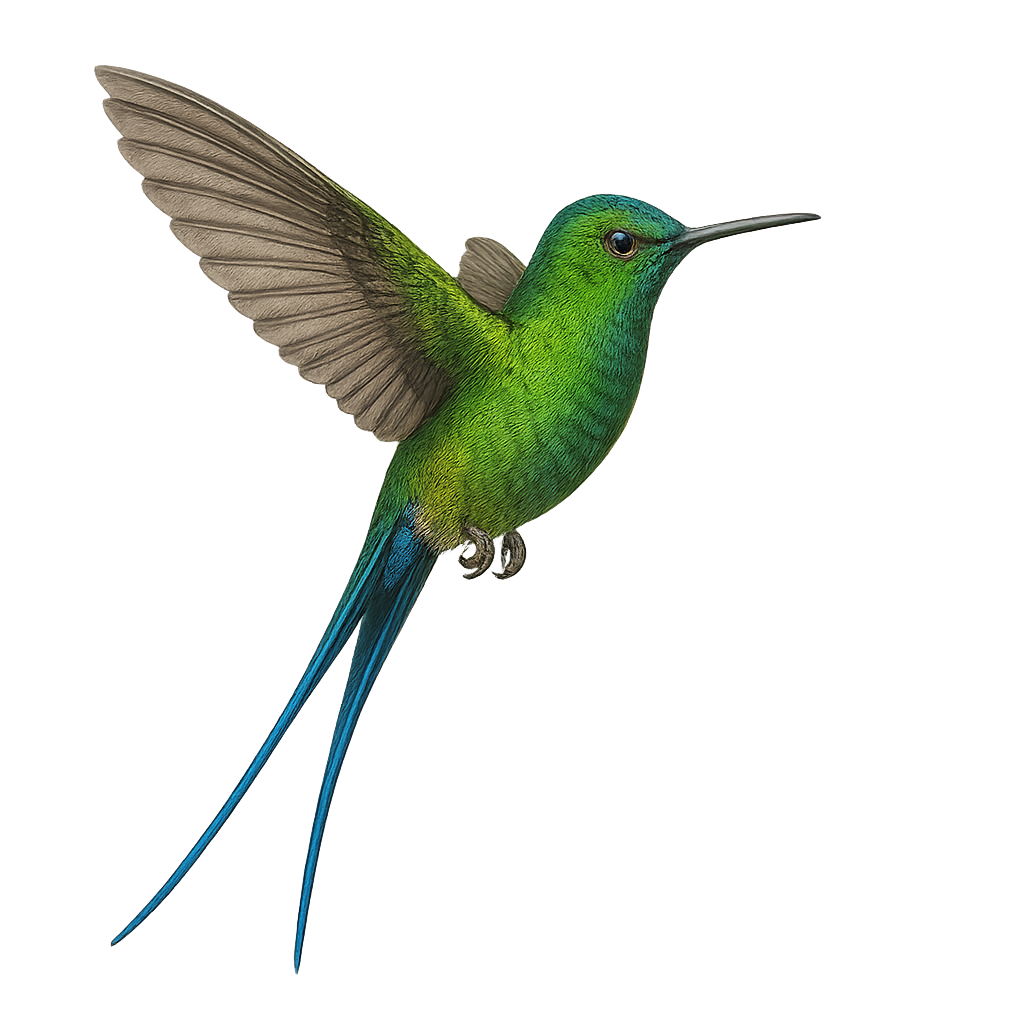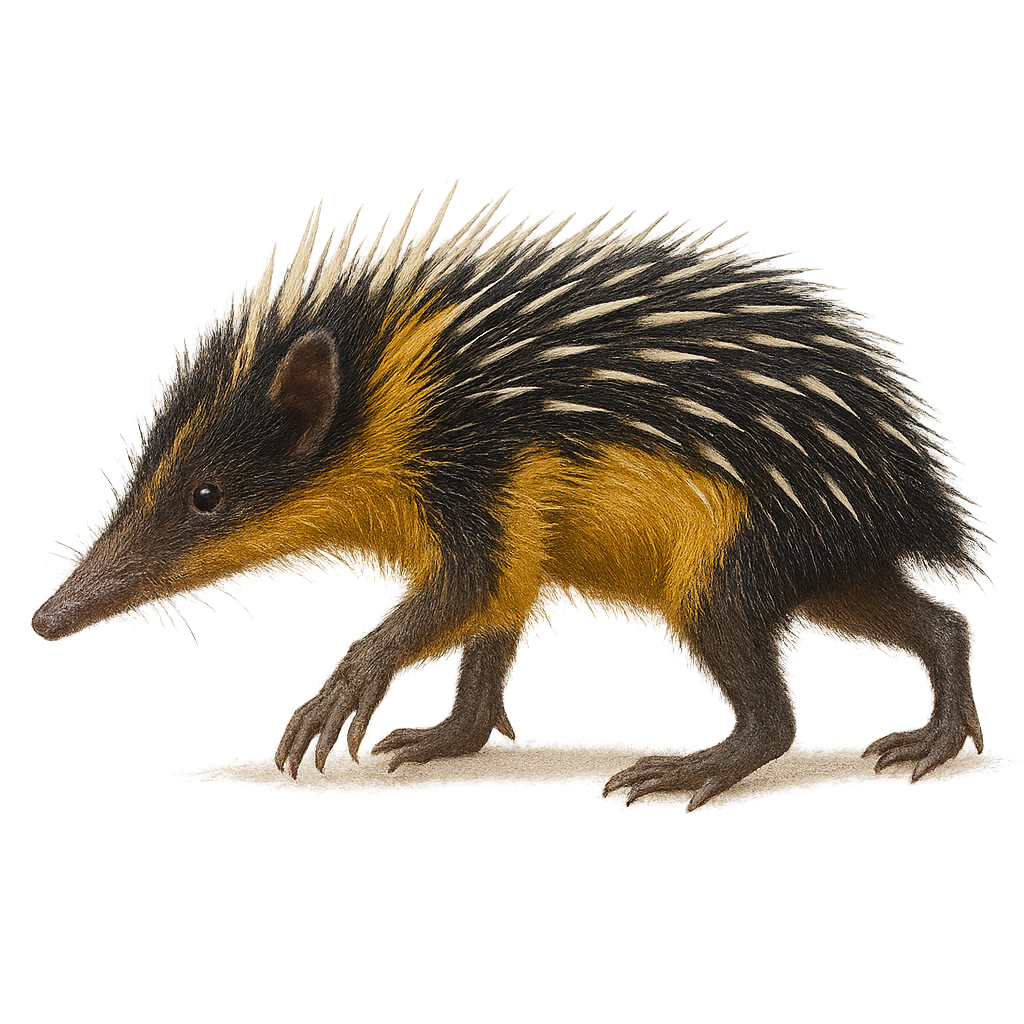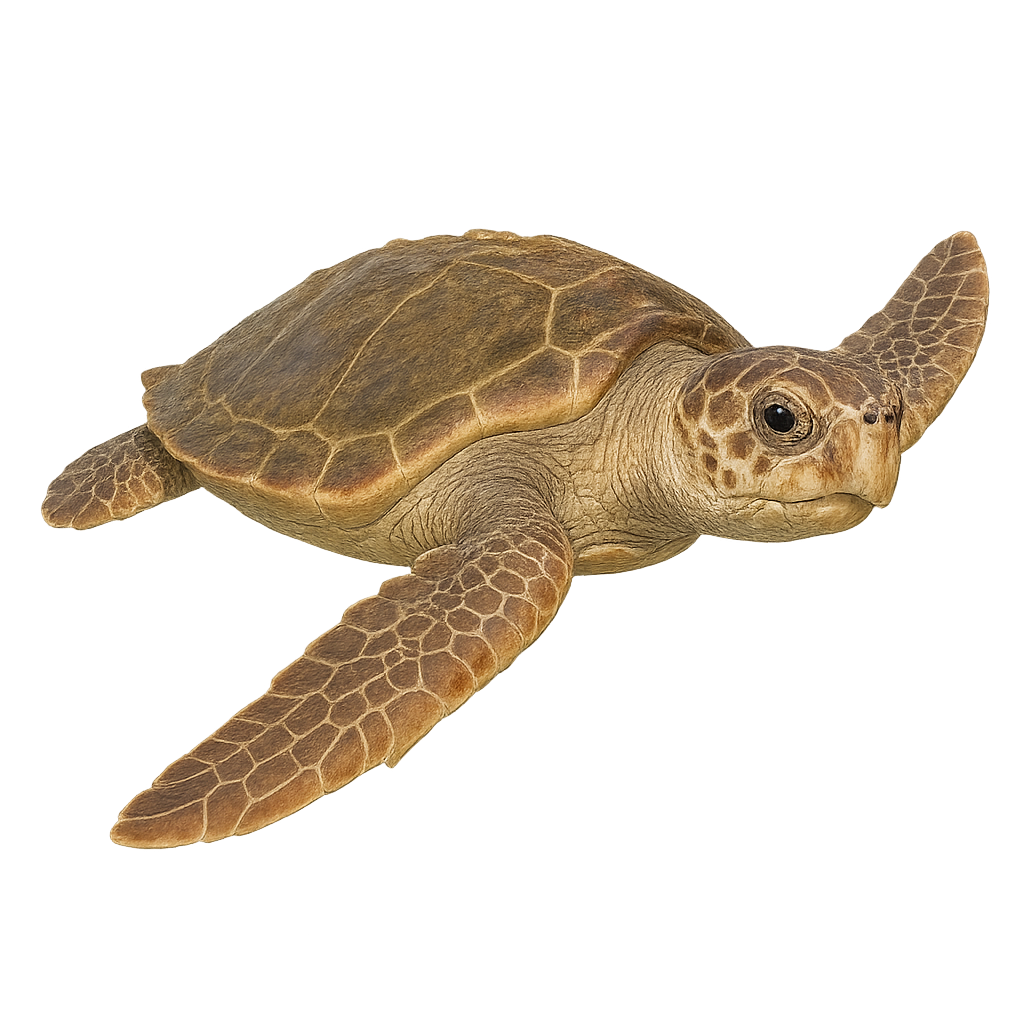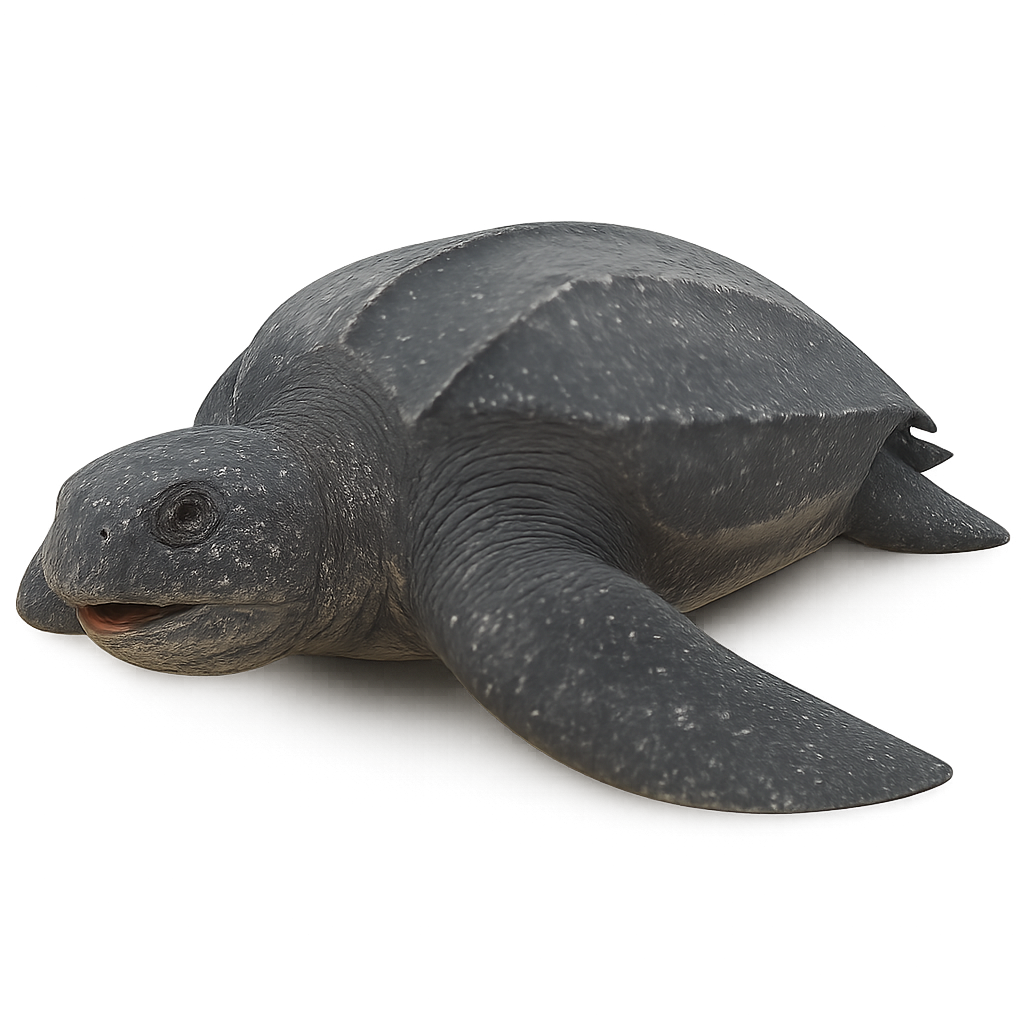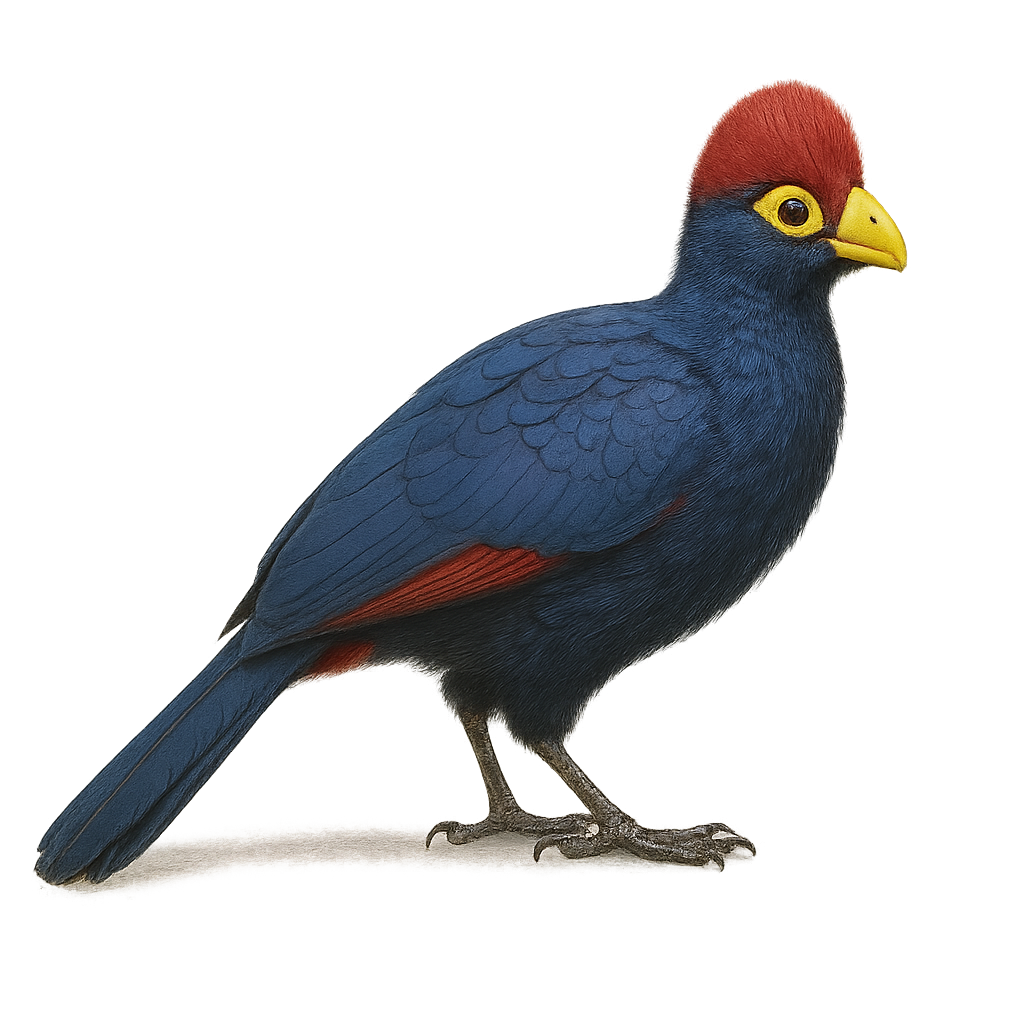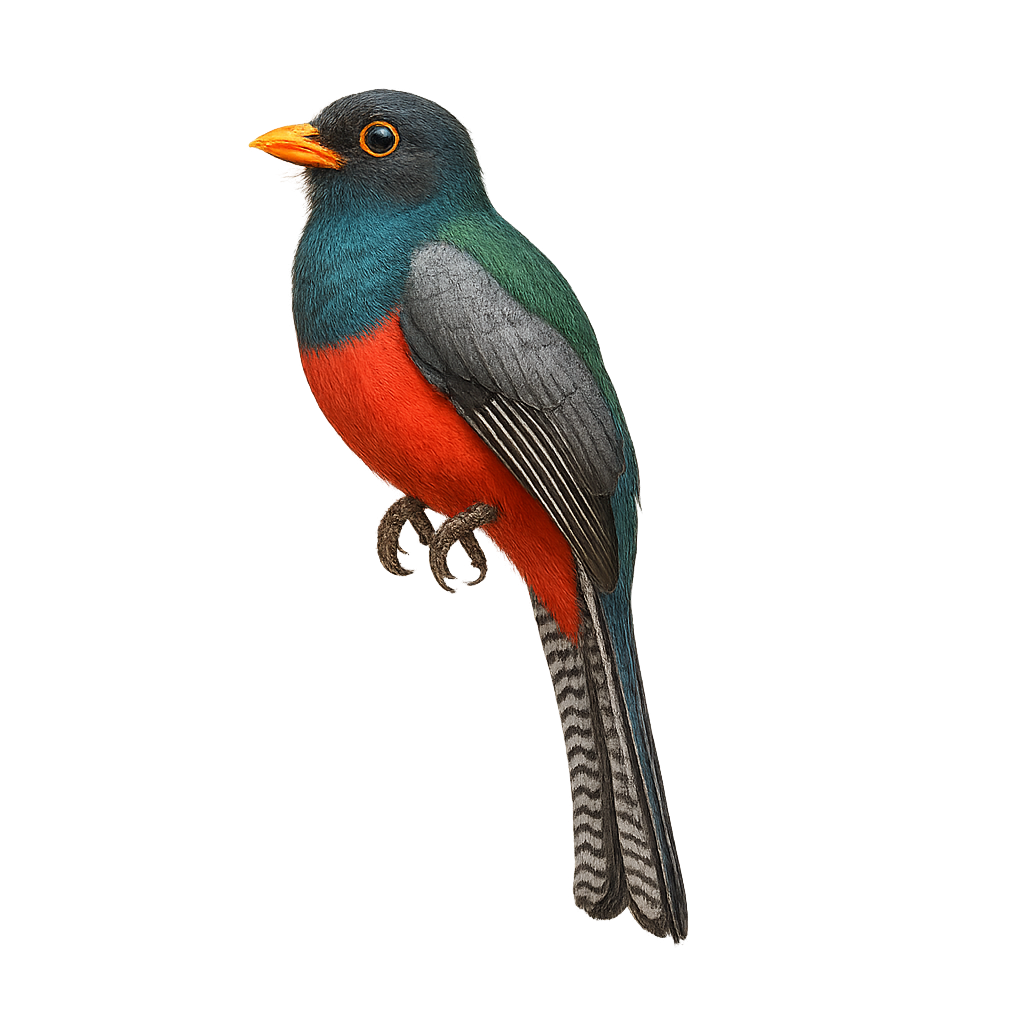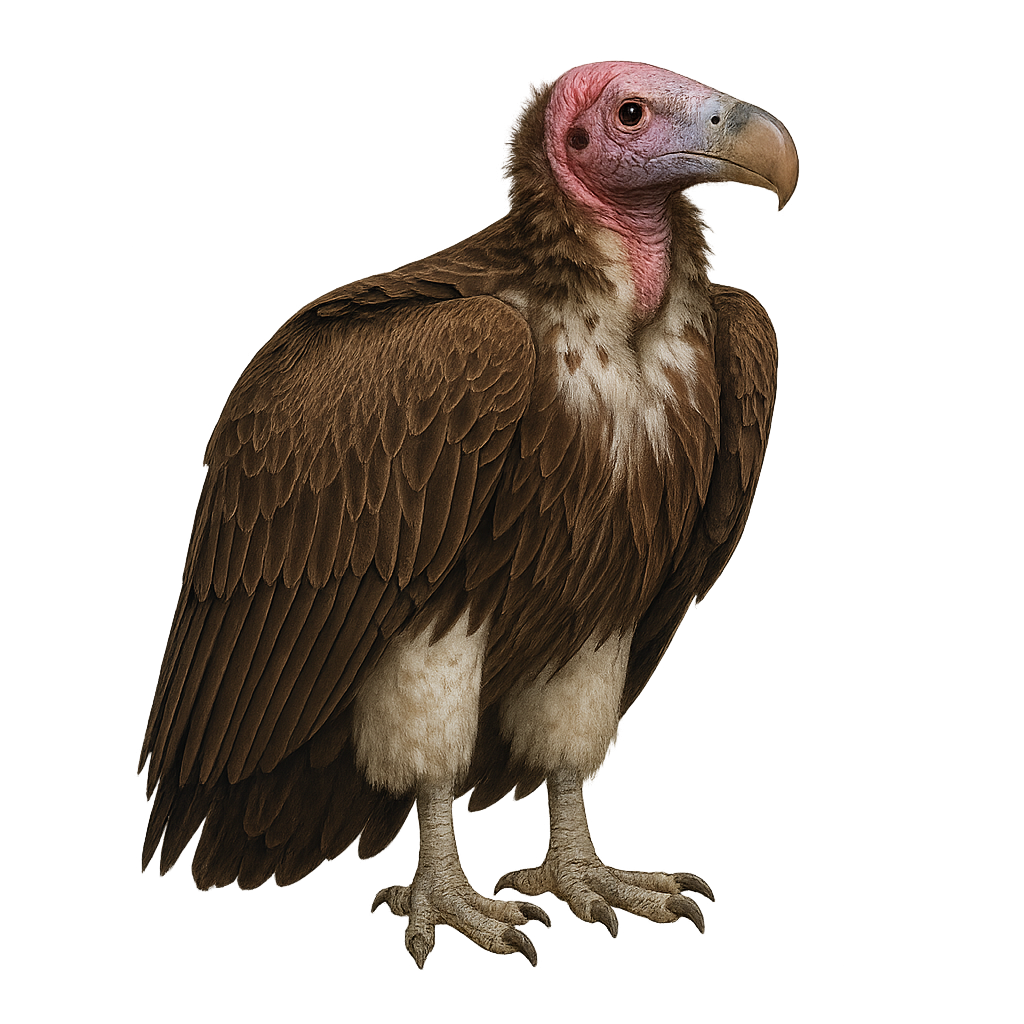The Lesser Yellownape, or Picus chlorolophus, is a medium-sized woodpecker belonging to the Picidae family. It is easily identifiable by its distinctive yellow crest and olive-green plumage. This bird is primarily arboreal, inhabiting the tropical and subtropical forests of Southeast Asia, including India, Nepal, Thailand, and Malaysia. It feeds mainly on insects, which it extracts from tree bark using its strong beak. The Lesser Yellownape is a diurnal bird, often seen alone or in pairs. Although its habitat is threatened by deforestation, it is currently classified as Least Concern by the IUCN.
The Lesser Spotted Woodpecker is a small bird from the woodpecker family, primarily found in deciduous and mixed forests of Europe and Asia. It measures about 20 cm in length, with a wingspan of 30 to 35 cm, and weighs between 30 and 40 g. Its plumage is mainly black and white, with a small red patch on the nape, visible mostly in males. The Lesser Spotted Woodpecker is distinguished by its smaller size compared to the Great Spotted Woodpecker and its foraging habits. It primarily feeds on small insects found under the bark of trees, using its beak to strike quickly and its long tongue to extract the insects. It is an excellent climber and spends much of its time in trees. Although its population remains stable, this species may be affected by habitat loss due to deforestation.
The Lineated Woodpecker, Dryocopus lineatus, is a medium-sized bird known for its striking black and white plumage and the bright red crest on males. It primarily inhabits tropical and subtropical forests in Central and South America. This woodpecker is often seen drumming on tree trunks to feed on insects and larvae hidden beneath the bark. It plays a crucial role in the ecosystem by controlling pest insect populations. Although generally solitary, it can sometimes be seen in pairs, especially during the breeding season. Its call is a distinctive "klee-klee-klee" that echoes through the forest.
The Little Woodpecker, or Dryobates passerinus, is a small woodpecker native to South America, identifiable by its olive-brown plumage and barred belly patterns. It measures about 14 to 15 cm in length and weighs between 20 and 30 grams. This woodpecker is adept at climbing tree trunks in search of insects, its primary food source. It primarily inhabits tropical and subtropical forests but can also be found in more open wooded areas. Its call is discreet, consisting of small, high-pitched sounds. Although relatively common within its range, it is often difficult to spot due to its small size and discreet behavior.
The lesser grey shrike is a medium-sized forest raptor (16–18 cm) with bluish-grey upperparts and pale pink underparts, marked by a broad pale wing patch. It inhabits woodland edges, grasslands, open farmland and scattered bushes, feeding mainly on small birds, insects and reptiles.
The Long-tailed Shrike is a medium-sized bird known for its distinctive long tail and striking plumage. It features a brown back, white belly, and a black head with a black facial mask. Often seen perched on branches or wires, it vigilantly watches over its territory. This bird is noted for its aggressive behavior towards intruders and its ability to capture prey larger than itself, often impaling them on thorns or barbed wire. The Long-tailed Shrike is an opportunistic predator, primarily feeding on insects, small birds, and rodents. It is widely distributed across Asia, particularly in India, China, and Southeast Asia, inhabiting various environments from open forests to agricultural areas.
The Lemur Leaf Frog, Agalychnis lemur, is a fascinating species of arboreal frog native to the tropical rainforests of Central America. It is renowned for its striking red eyes and vibrant green skin, which help it blend in with the foliage. At night, it becomes active, hunting insects and other small invertebrates. Its feet are equipped with suction pads that allow it to climb smoothly on slick surfaces. Although primarily nocturnal, it can be seen during the day resting on leaves. This species is an important indicator of forest ecosystem health, as it is sensitive to environmental changes.
The Lilac-breasted Roller, known for its vibrant plumage, is an iconic bird of the African savannas. Its head and chest display lilac hues, while its wings exhibit a mix of bright blue and green. This bird is often seen perched on trees or poles, scanning the ground for insects and small vertebrates. During the breeding season, it performs spectacular aerial displays, diving and rolling in the air. Although primarily sedentary, it may undertake short migrations depending on climatic conditions. The Lilac-breasted Roller plays a crucial role in the ecosystem by controlling insect populations.
The Long-tailed Rosefinch, Carpodacus sibiricus, is a small passerine bird belonging to the Fringillidae family. It is easily recognizable by its long tail and bright pink plumage in males, while females display more brownish hues. This rosefinch is primarily found in Asia, particularly in Siberia, which is reflected in its scientific name. It inhabits coniferous forests, taigas, and shrublands. Its diet mainly consists of seeds, supplemented by insects during the breeding season. The Long-tailed Rosefinch is a partial migratory bird, moving southward in winter to avoid harsh climatic conditions.
The large flying fox is a large frugivorous bat with a wingspan up to 1.5 m and weight up to 1 kg. Its grey-brown fur, accented by a pale yellow collar, covers its elongated body and long muzzle. Endemic to Southeast Asia (Malaysia, Indonesia, Philippines, Thailand), it roosts in colonies in forests and coastal mangroves, feeding on fruits, nectar, and flowers. During the breeding season, males defend a small harem and mate between November and January, with a single pup born in March-April.
The Lanza's Alpine Salamander, or Salamandra lanzai, is a rare and fascinating species of salamander endemic to the Cottian Alps, straddling France and Italy. It is characterized by its glossy black skin, often dotted with small yellow spots. Adapted to alpine environments, it primarily inhabits rocky and humid areas at altitudes ranging from 1200 to 2800 meters. This salamander is viviparous, meaning it gives birth to fully formed young after a gestation period that can last several months. Due to its restricted habitat and sensitivity to environmental changes, it is classified as vulnerable by the IUCN. Its behavior is rather suspicious, and it is mainly nocturnal.
The Macaca silenus, or lion-tailed macaque, is a primate endemic to the Western Ghats of India. Recognizable by its silver mane surrounding a black face, it is one of the most distinctive macaques. Its tail, reminiscent of a lion's, is another characteristic feature. This macaque primarily inhabits tropical rainforests, spending most of its time in the canopy. It is omnivorous, feeding on fruits, leaves, insects, and small vertebrates. Unfortunately, it is threatened by deforestation and habitat fragmentation, leading to a significant decline in its population. Conservation efforts are crucial for its survival.
The Lina's Sunbird, scientifically known as Aethopyga linaraborae, is a bird from the Nectariniidae family, endemic to the Philippines. This small bird, measuring about 10 cm in length, is renowned for its vibrant plumage, displaying a spectrum of colors from red to metallic green. Males feature a striking red throat and a shiny green back, while females are more subdued with olive-green hues. They primarily inhabit tropical rainforests and mountainous regions. Their diet mainly consists of nectar, but they also consume insects to supplement their nutrition. Lina's Sunbird plays a vital role in the pollination of local plants.
The Long-tailed Sylph is a captivating hummingbird, easily recognized by its long, iridescent blue-green tail and vibrant plumage. It primarily inhabits the humid forests and forest edges of the Andes, where it feeds on nectar and insects. This hummingbird is a master of hovering flight, allowing it to feed efficiently from flowers. Males are particularly notable for their spectacular tails, used to attract females. Although generally solitary, this bird can be seen in small groups during the breeding season. Its song is a gentle chirping, often heard at dawn.
The Lowland Streaked Tenrec, Hemicentetes semispinosus, is a small insectivorous mammal endemic to Madagascar. It is characterized by its striking black and yellow striped fur and spines, giving it a unique appearance. Measuring about 14 to 17 cm in length and weighing between 125 and 280 grams, this tenrec is primarily nocturnal and uses its spines for defense against predators. It inhabits tropical rainforests and scrub areas, feeding mainly on insects and worms. Its ability to produce sounds by rubbing its spines together is a fascinating trait used for intra-species communication.
The Lesser Masked Weaver, Ploceus intermedius, is a medium-sized bird belonging to the Ploceidae family. It is primarily found in sub-Saharan Africa, inhabiting savannas, woodlands, and marshes. This bird is recognizable by its bright yellow plumage and distinctive black facial mask in males. Females and juveniles have duller, generally brownish plumage. The Lesser Masked Weaver is a prolific nest builder, using grass blades and leaves to create complex structures suspended from branches. It primarily feeds on insects, seeds, and fruits. Its song is a mix of chirps and whistles, often heard during the breeding season.
The loggerhead sea turtle is a large marine turtle in the family Cheloniidae, reaching up to 95 cm in shell length and weighing up to 135 kg. It inhabits temperate and subtropical coastal waters, feeding mainly on crustaceans, molluscs, and jellyfish. During the nesting season, females return to beaches to lay eggs in nests dug in the sand.
The Leatherback Turtle is the largest of all sea turtles and one of the largest reptiles in the world. It typically measures between 2 and 2.5 meters in length, with a weight ranging from 250 to 700 kg, although some individuals can reach up to 900 kg. Its shell is usually dark in color, sometimes tinged with gray or brown, and is covered with small, tile-like plates. The Leatherback Turtle is an excellent swimmer, capable of covering long distances across oceans. It primarily feeds on jellyfish, which it catches while swimming in deep waters. Despite its impressive size, the Leatherback Turtle is critically endangered due to plastic pollution, the loss of its nesting habitats, and poaching. Its population is declining, and it is protected in many countries.
The Lady Ross's Turaco, Tauraco rossae, is a striking bird known for its vibrant plumage and fascinating social behaviors. Native to the forests of Central Africa, this bird features predominantly blue-violet plumage with shades of green and red, making it easily recognizable. It is often seen in small groups, moving nimbly through the tree canopy. The turaco primarily feeds on fruits but can also consume flowers and leaves. Its distinctive call often echoes through the forest, adding an auditory dimension to its natural habitat. Although its conservation status is currently of concern, protecting its habitat is crucial for its long-term survival.
The Livingstone's Turaco, or Tauraco corythaix, is a captivating bird native to the forests of southern Africa. It is easily identifiable by its bright green plumage, red wings visible in flight, and distinctive crest. Measuring about 40 cm in length, this bird has a short, powerful beak, perfect for feeding on fruits, flowers, and insects. Turacos are known for their agile flight and ability to move swiftly through dense canopies. They typically live in small family groups and are often seen feeding or resting in trees. Their call is a mix of cries and whistles, adding a unique soundscape to their natural habitat.
The Lattice-tailed Trogon is a captivating bird found in the humid forests of Central America, primarily in Costa Rica and Panama. It is distinguished by its vibrant plumage, featuring emerald green on the back and a bright red belly. Its tail, adorned with lattice-like patterns, gives it its distinctive name. This bird prefers dense habitats where it can blend into the foliage. Often seen perched silently, it patiently waits to catch insects or small fruits. Although discreet, its melodious call echoes through the canopy, signaling its presence to attentive observers.
The Lappet-faced Vulture, Torgos tracheliotos, is a large scavenging bird native to Africa, easily identifiable by its bare head and distinctive skin folds around the neck. With a wingspan reaching up to 2.9 meters, it is one of the largest African vultures. Its plumage is primarily dark brown, contrasting with its pale pink head. It plays a crucial role in the ecosystem by cleaning up carcasses, which helps prevent the spread of diseases. This vulture prefers open savannas, semi-deserts, and arid regions, where it can easily spot its prey. Unfortunately, it is threatened by habitat loss, poisoning, and illegal hunting.


